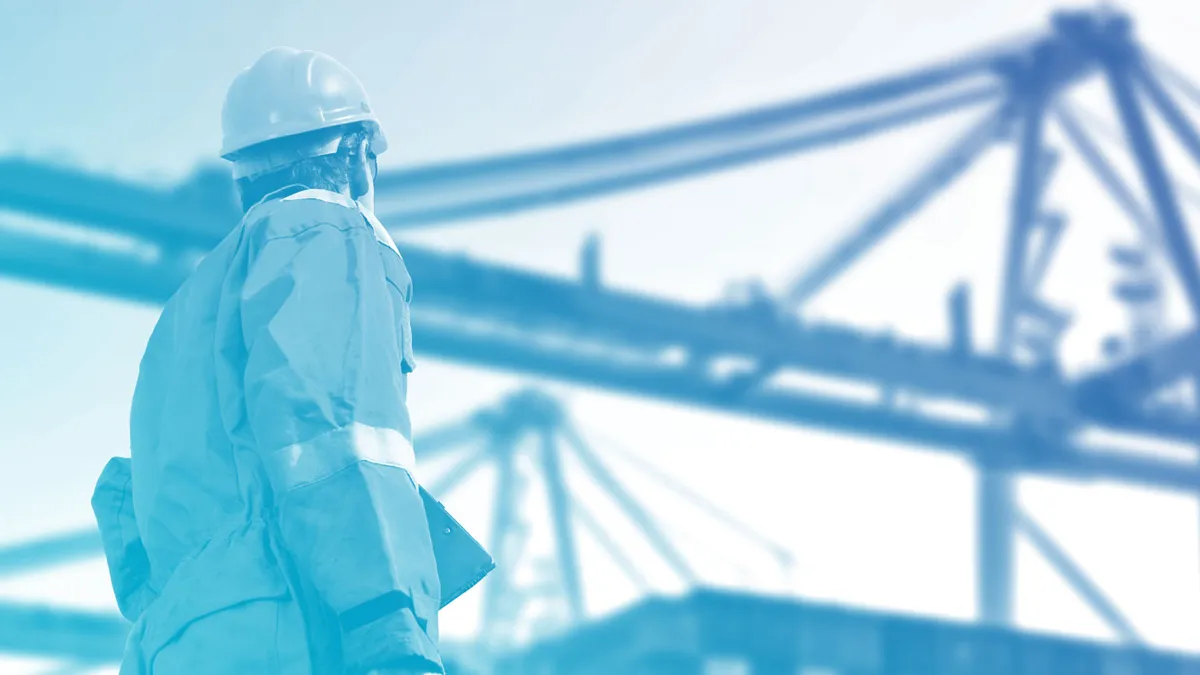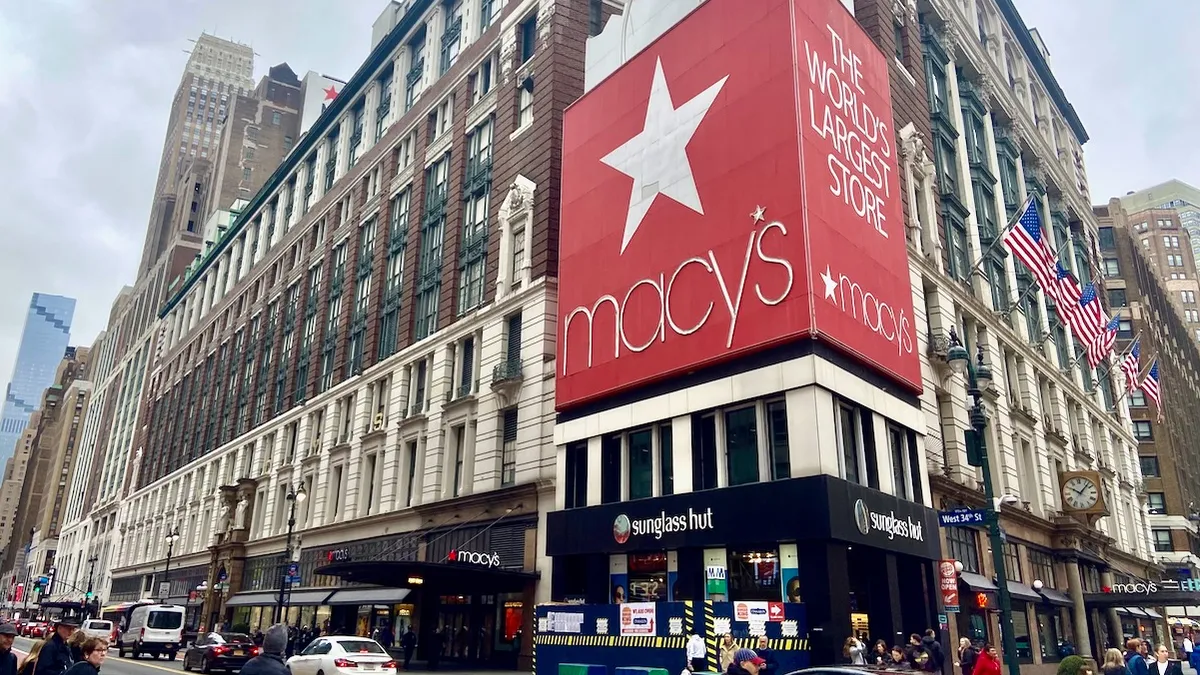Editor's Note: This article is part of a series on disrupting the freight forwarding process. All stories in this series can be found here.
Freight forwarding is seen as a relationship business by traditional forwarders. They coordinate various aspects of moving cargo from point A to point B, while shipping clients outsource the worrying and details to the forwarder.
In the past, and to some extent now, that work might be handled by spreadsheet, fax email and phone. Yet new technology is enabling parts of that process to be automated; online freight marketplaces, load boards and brokerage apps are but a few examples. Each innovation, in turn, promises to help improve supply chain transparency and efficiency while potentially reducing costs as well.
Digitizing brokerage by app
With trucking costs accounting for around 84% of freight spending, this industry is a good example for showing how technology is making in-roads in freight forwarding.
Online brokerages are popping up, allowing truckers and shippers to quickly make spot market deals via app. For Drew McElroy, CEO and co-founder of one such company, Transfix, this technology combats three types of waste: trucks driving empty to their next pick-up, time lost in looking for another load, and shipment processing time. McElroy estimates that a traditional brokerage takes two to three hours to process an individual shipment using phone, email and fax, a time that drops to about 27 minutes handling it online through Transfix.
I’ve yet to encounter anything a customer wants that we can’t model in the system.

Drew McElroy
CEO and Co-founder, Transfix
Transfix fancies itself as a new style of trucking brokerage, usually acting as the broker of record for these trucking shipments. He said the industry standard has been static digital load boards showing cargo available for shipment. When that shipment appears on the screen, multiple brokers will start calling truckers and shippers to negotiate arrangements.
Conversely, when a load pops up on the Transfix app, dispatchers and drivers can instantly see it, prioritized by the driver’s location. He says it’s like a combination of eBay and Priceline. A driver can book that load using a “buy it now” feature, or submit a counterbid if they need more money to take the load. After it’s assigned, Transfix tracks the driver, as the app is fully integrated with Google maps.
“As long as everyone is on or ahead of schedule, there’s no human interaction,” McElroy says. When someone falls behind schedule, the system flags it and a Transfix rep will text or phone the driver, proactively letting the customer know about any delay.
The digital marketplace
Using an online marketplace to optimize the freight forwarding process works well for shippers who know what they want, have standard needs and are savvy to the process.
In trucking, for example, the marketplace doesn’t work for specialized types of trucks, like those carrying bulk liquid or needing a non-standard truck size. “The further you get from normal trucking, the less the marketplace becomes a good fit,” says McElroy.
The same is true for moving cargo from overseas using steam ship lines or air, which may need customs handling and transportation to a final destination. “You still want and need someone to guide you through the process,” says Jimmy Ting, president of Cargocentric, a freight forwarding company in California. Online marketplaces also may not be ideal for large companies like Wal-Mart and Nike, says Ting. “They don’t need it. They have whole supply chain teams.”
Taking advantage of Big Data
One advantage to using automated systems is the ability to gather and analyze data. Truckstop.com uses its data to provide rate forecasting, helping customers make better rate decisions, said account executive Josh Main. He said they’ve transformed from a freight matching marketplace currently matching up to 500,000 loads a day, to being a big data aggregator.
There are many ways to use Big Data, and Transfix is collecting driver behavior data from their app, including the drivers’ speeds, and how hard they brake and corner. “We think safety and risk can be a competitive differentiator for us,” said McElroy. Over time, they’ll be better able to apply the technology and data to track the drivers.
Technology supersedes the relationship?
That freight forwarder/shipper relationship is worth something, though, and trucking brokerage companies have differing opinions on how automation will affect that.
Main says that the human interaction between the truck drivers, brokers and shippers is a pivotal part of the industry. “When you start to automate that, you start to take away from key aspects of a relationship, which dehumanizes the industry, and at that point, what do you have?”
McElroy understands the argument, but says that automation doesn’t mean removing humans from the equation. “You automate the process humans shouldn’t be doing,” he said, and Transfix has account managers to work with clients.
You still want and need someone to guide you through the process.

Jimmy Ting
President, Cargocentric
“I’ve yet to encounter anything a customer wants that we can’t model in the system. Customers have all kinds of requirements: drop the trailer, pick up on Tuesday, the driver has to wear a furry hat, the driver must have work boots because it’s a job site,” McElroy added.
Customizations are actually better in a computer system, because when humans try to manage those details, they can be forgotten, according to McElroy. Those requirements can stay in the customer’s profile, whereas humans respond to things in an anecdotal way. The broker may be having a bad day and forget to tell the driver the requirements. By keeping that information in the automated system, the driver can not only refer to it, but Transfix can monitor driver compliance and performance, to weed out drivers who don’t meet their standards.





















